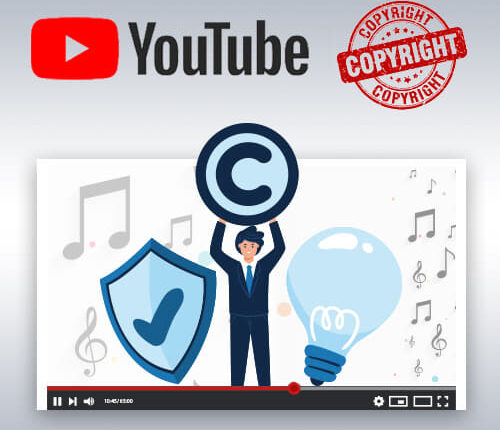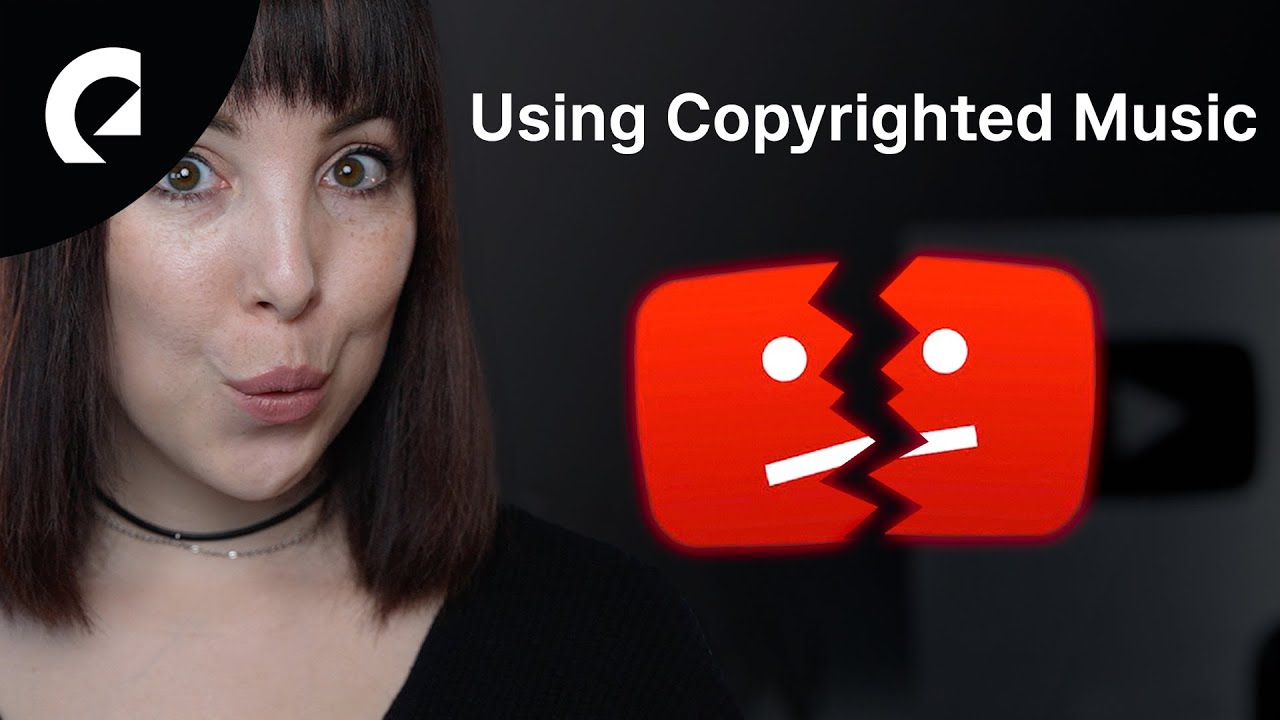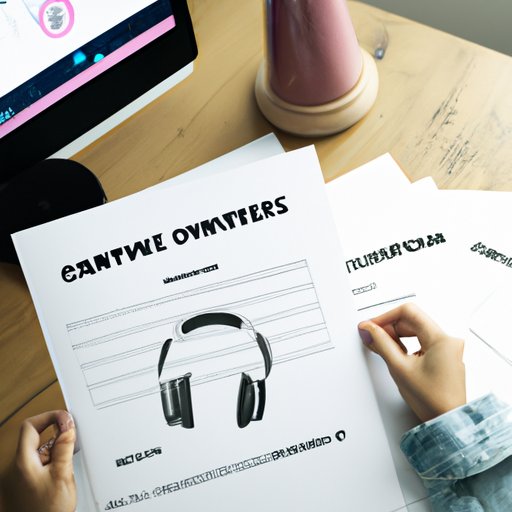YouTube Shorts is a dynamic, engaging platform that allows users to create and share short, snappy videos—typically lasting 60 seconds or less. It's a fantastic way to showcase creativity, talent, or even just share a fun moment with the world! But when it comes to music, things can get a little tricky. Music plays an essential role in setting the mood and enhancing the storytelling in these brief clips. However, if you're considering using copyrighted music, you need to navigate some important waters. Let’s break down what you need to know to keep your Shorts both entertaining and compliant!
Understanding Copyright Basics

Copyright is a form of protection grounded in the U.S. Constitution and granted by law for original works of authorship. This means that if someone created a piece of music, art, or literature, they automatically own specific exclusive rights to it. Here are some key points to understand:
- Original Works: Copyright protects works that are fixed in a tangible medium. So, if an artist records a song, that recording is protected.
- Exclusive Rights: The creator has the exclusive right to reproduce, distribute, perform, and display their work. In simpler terms, you can’t just use someone else's music without permission.
- Duration: Copyright originally lasted for a shorter period, but now it lasts for the life of the creator plus 70 years! After that, the work enters the public domain.
When it comes to using music in your YouTube Shorts, you have to consider whether you’re using copyrighted music or tracks that fall under Creative Commons licensing or are royalty-free. Here’s a quick table to summarize:
| Type of Music | Usage Rights |
|---|---|
| Copyrighted Music | Requires permission or licensing |
| Creative Commons Music | May be used with specific permissions |
| Royalty-Free Music | Can be used typically with a one-time fee |
Staying informed about copyright is essential to ensure that your creative efforts on YouTube Shorts are not only entertaining but also legally sound. Understanding these basics can help you make the best choices for your content!
How YouTube Handles Copyrighted Music

Understanding how YouTube deals with copyrighted music can help you avoid unexpected issues with your content. When you upload a video to YouTube, it goes through a process called Content ID. This system scans your video for any copyrighted material, including music. If it detects copyrighted music, a few things can happen:
- Monetization by Rights Holders: If your video contains copyrighted music, the copyright owner may claim it. This means they can choose to monetize your video, earning revenue from ads placed on it.
- Video Removal: In some cases, the copyright owner might decide to block your video entirely. This can happen if they’re particularly strict about their music usage.
- Copyright Strikes: Repeated violations can lead to copyright strikes on your account, which could jeopardize your ability to upload videos in the future.
It's essential to be aware that copyright laws are quite complex, and using copyrighted music without permission is generally frowned upon. The best practice? Always check if you have the rights or license to use the music in your content. When in doubt, it’s worth doing a little extra research before you hit that upload button!
Types of Music You Can Use in YouTube Shorts

When creating YouTube Shorts, it's crucial to choose music that you can legally use. Here are some types of music that you can incorporate without the risk of copyright issues:
- Royalty-Free Music: This is music that you can use without paying royalties. Many platforms, like Epidemic Sound or Artlist, offer a vast library of tracks for a subscription fee or a one-time purchase.
- Creative Commons Music: Some artists release their work under Creative Commons licenses. This allows you to use their music as long as you credit the artist and follow the terms of the license. Websites like Free Music Archive are great resources.
- YouTube's Audio Library: YouTube offers its own library of free music and sound effects, which you can use in your Shorts. This is a fantastic option since you know the music is copyright-free!
- Original Music: If you're musically inclined, creating your own tracks means you have complete ownership and can use it freely.
By understanding and utilizing these options, you can enhance your YouTube Shorts with great music while staying within the legal boundaries of copyright. Always make sure to check the specific usage rights of any track you choose!
5. Steps to Ensure Copyright Compliance
Navigating the world of copyright can feel daunting, especially when you're focused on creating awesome YouTube Shorts. Fortunately, there are straightforward steps you can take to ensure you're on the right side of copyright law. Below are some practical steps that can help you stay compliant.
- Understand Copyright Basics: Familiarize yourself with what copyright is and how it applies to music. Know that most music is automatically protected by copyright, meaning you can't simply use it without permission.
- Check the License: Before using any music, check if the track has a specific license that allows for its use. Look for music labeled as "Royalty-Free" or "Creative Commons" which may have fewer restrictions.
- Use YouTube's Audio Library: YouTube offers a fantastic Audio Library that provides free music and sound effects. You can browse the library and find tracks that are safe to use in your Shorts.
- Get Proper Permissions: If you have your heart set on a specific track, reach out to the copyright owner or their representative to obtain the necessary permissions. You might have to pay a licensing fee, but it’s worth it for peace of mind.
- Keep Records: Document any permissions or licenses you acquire. This way, you’ll have proof ready if ever questioned about your use of music.
Following these simple steps can not only protect you from potential copyright infringement claims but also enhance your overall content creation experience!
6. Alternatives to Copyrighted Music
If you're looking for ways to enhance your YouTube Shorts without the worry of copyright issues, you're in luck! There are plenty of alternatives to copyrighted music that can still give your videos the vibe you're after. Here are some great options:
- Royalty-Free Music: This type of music is available for use without paying ongoing royalties. You can find vast libraries online. Some popular platforms include:
- Audiojungle
- Artlist
- Pond5
- Creative Commons Music: Many artists release their music under Creative Commons licenses, allowing you to use their music as long as you follow their specific rules – often just requiring attributions.
- Original Compositions: Consider collaborating with local musicians or using services like Fiverr to commission original music tailored to your needs. This way, you’re not only supporting artists but also ensuring you have the rights to your unique soundtrack!
- Sound Effects: Adding sound effects can also enhance the ambiance of your Shorts. Websites like Freesound offer a library of sounds that are free to use!
- YouTube Audio Library: Don't forget about YouTube's own library of free music and sound effects. You'll find a wide variety that can fit any theme.
These alternatives not only keep you within copyright laws but also add a unique flair to your content. So go ahead, explore these options, and let your creativity soar!
Using Copyrighted Music in YouTube Shorts
YouTube Shorts has become a popular platform for creators to share engaging short videos. However, one major concern for creators is the use of copyrighted music. Using music without proper licensing can lead to content removal, strikes against your channel, and potential legal issues.
When creating Shorts, it is crucial to understand the implications of incorporating copyrighted music. Here are some key points to consider:
- Copyright Law: Copyright laws protect the rights of the original artists, meaning you cannot use their music without permission.
- Content ID System: YouTube utilizes an automated system to detect copyrighted music. If detected, your Short may be muted, removed, or demonetized.
- Licensing Options: To legally use copyrighted music, you can obtain licenses through various services or platforms that offer music rights.
- Royalty-Free Music: Consider using royalty-free music or tracks available through YouTube's audio library.
It's important to note that some artists allow their music to be used under specific conditions and you should always check their licensing terms.
| Music Type | Usage Guidelines |
|---|---|
| Copyrighted Music | Requires permission or licensing |
| Royalty-Free Music | Can be used per licensing agreement |
| YouTube Audio Library | Free to use in videos, check individual licenses |
In conclusion, to navigate the challenges of using music in YouTube Shorts effectively, it is important to adhere to copyright laws, consider licensing options, and explore royalty-free alternatives to avoid potential legal and content issues.










